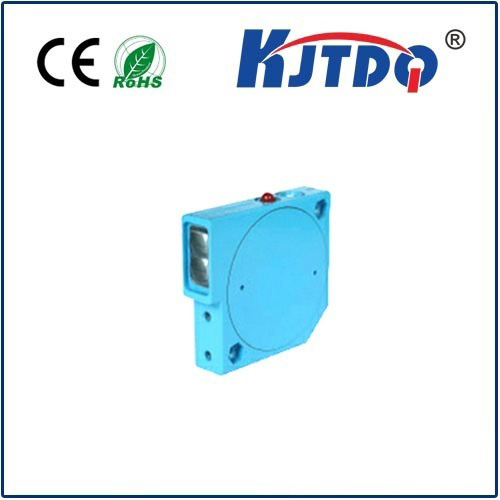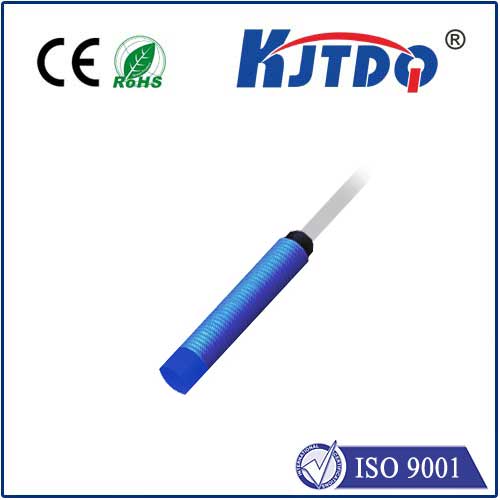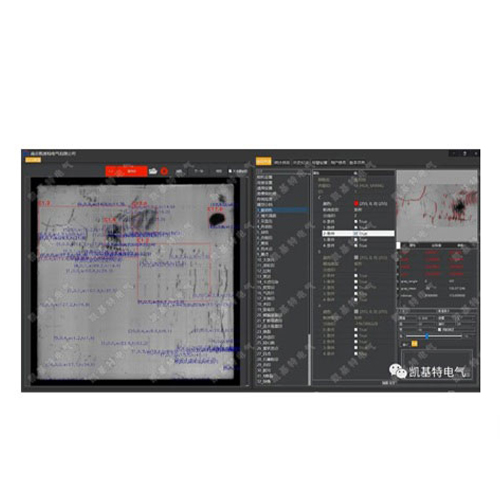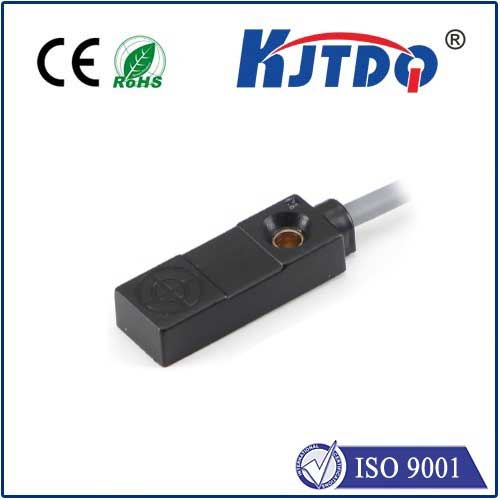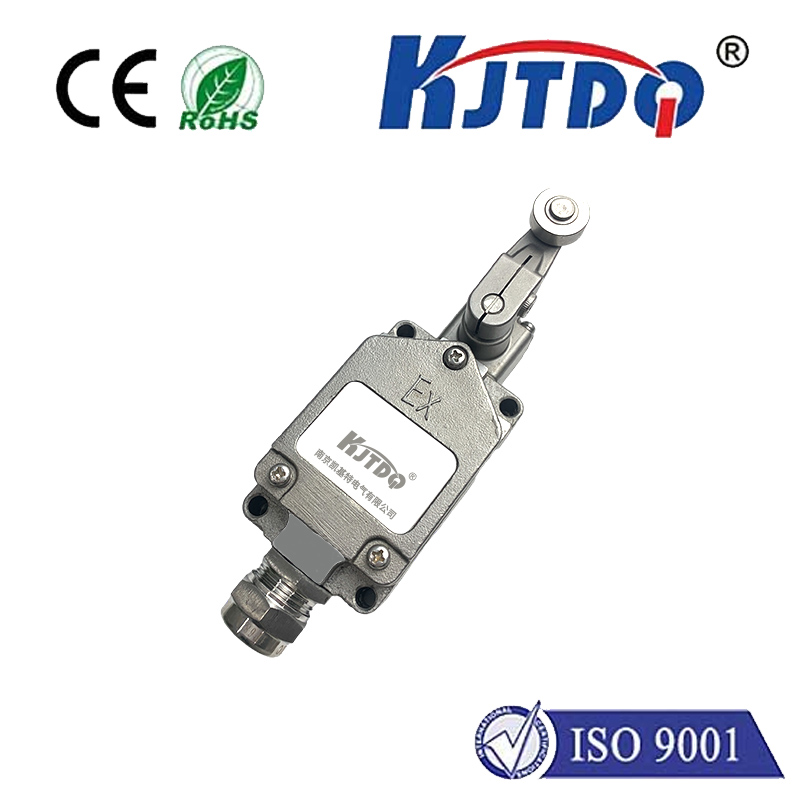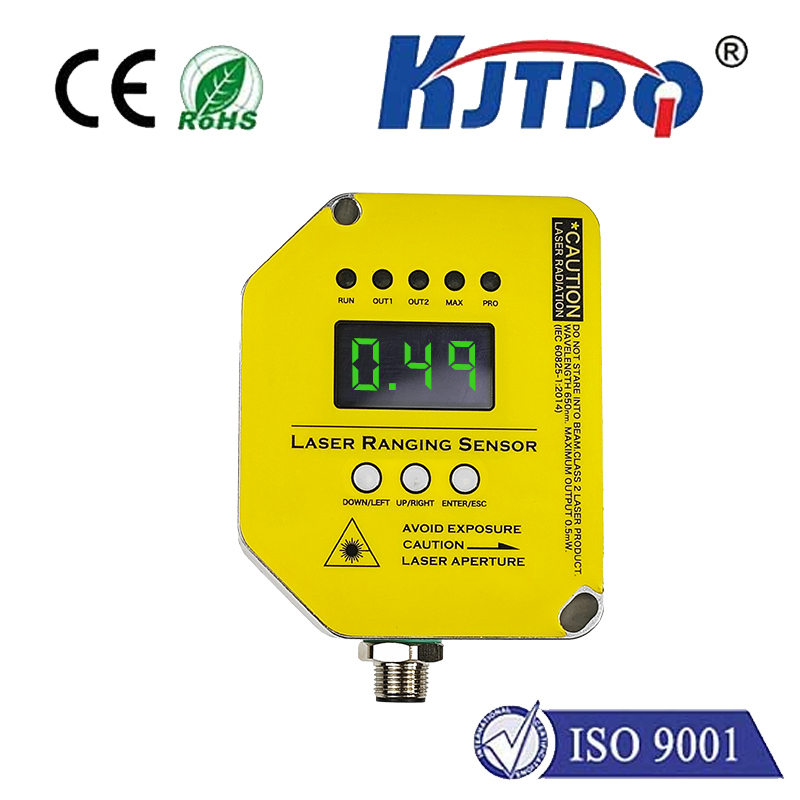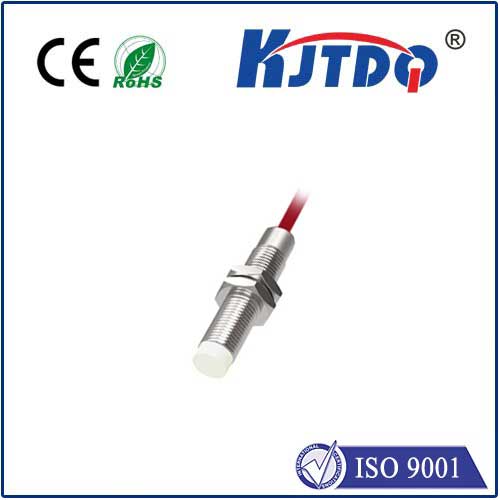

check

check

check

check

check

check

check

check

check

check
Title: Transforming the Future with Inductive Proximity Switch Sensors
The world is constantly evolving, and technology is at the forefront of these advancements. One such technology that has revolutionized various industries is the inductive proximity switch sensor. This innovative device has transformed the way we interact with our surroundings and has paved the way for a more efficient and convenient future. In this article, we will delve into the intricacies of this remarkable technology and explore how it has changed the game in numerous industries.
At its core, an inductive proximity switch sensor is a small electronic device that detects the presence or absence of an object or person. It works by using a magnetic field to create an electrical current in a conductive material when it comes into contact with an object. This current can then be used to trigger a range of actions, from turning on or off devices to sending notifications or even controlling automated systems.
One of the key advantages of inductive proximity switch sensors is their ability to operate without being physically touched. This makes them ideal for applications where hands-free interaction is necessary, such as in healthcare facilities, automotive industries, and industrial settings. By eliminating the need for physical contact, these sensors can help reduce the spread of germs and bacteria while also improving accessibility for individuals with disabilities.
In the automotive industry, inductive proximity switch sensors are widely used to control various functions within vehicles, such as power windows, door locks, and even entertainment systems. By using a simple press of a button or wave of a hand, drivers can easily access and control these features, making for a more streamlined and user-friendly driving experience.
In the industrial sector, inductive proximity switch sensors have been employed in a variety of applications, including factory automation, inventory management, and safety monitoring. By automating tasks and providing real-time feedback on equipment usage, these sensors can help improve efficiency and reduce labor costs while also enhancing workplace safety.
In conclusion, inductive proximity switch sensors have proven to be a game-changer in many different industries. With their ability to operate hands-free, they offer numerous benefits over traditional switches and provide users with a more seamless and intuitive interaction experience. As technology continues to evolve, it's clear that inductive proximity switch sensors will play an increasingly important role in shaping the future of our world.
